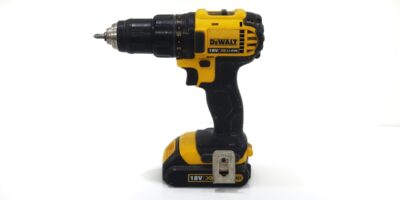Understanding Roof Water Diverters
Managing rainwater effectively is a crucial aspect of building maintenance. One method to handle rainwater is through roof water diverters. They play a significant role in protecting buildings from potential water damage. This article explores what roof water diverters are, their benefits, types, installation process, and maintenance.
What is a Roof Water Diverter?
A roof water diverter is a device or architectural feature designed to redirect rainwater away from sensitive areas of a roof or building. Typically installed above doorways, windows, or entrances, they help prevent water from cascading down in a concentrated flow. Without a diverter, water can cause damage to structures, erode soil, or even enter buildings if it is not adequately managed.
Benefits of Using Roof Water Diverters
Roof water diverters are important for several reasons. First, they help prevent water from directly hitting and entering areas that are vulnerable to leaks. By redirecting the water, they reduce the chances of moisture-related problems like mold, mildew, and rot.
Diverters also enhance safety by ensuring that no excess water accumulates around entranceways. This reduces the risk of slipping and falling. Additionally, by redirecting rainwater properly, they can help preserve landscaping. Water can wash away soil or cause pooling if it is not controlled adequately.
Types of Roof Water Diverters
- Metal Diverters: Typically made from aluminum, copper, or steel. Metal diverters are durable and effective. They can blend in with metal roofing and last for years without needing replacement.
- Gutter-based Diverters: These use existing gutters to redirect water flow. They usually consist of extra gutter pieces and downspouts to direct water away from specific areas.
- Plastic Diverters: Often used for temporary solutions. They are affordable and lightweight, though not as durable as metal diverters.
- Built-in Diverters: Some roofs have diverters integrated into their design. These are often part of the architectural plan and require no additional installation.
Installation Process for Roof Water Diverters
Installing a roof water diverter generally involves several steps. First, determine the location where water diverter installation is necessary. This is typically in areas experiencing excess water flow, such as above doorways or windows.
Once the location is confirmed, select the appropriate type of diverter. Measure the area to ensure the diverter will fit properly. Installation usually involves attaching the diverter to the roof at a slight angle. This angle ensures that water flows naturally down the diverter and away from the building.
Proper attachment is crucial. Most diverters use screws to adhere to the roof surface. Flashing or sealant may be needed to ensure there are no leaks. It’s essential to follow manufacturer instructions to maintain the roof’s integrity.
Maintenance and Care of Roof Water Diverters
Regular maintenance of roof water diverters keeps them functional. Periodically check for blockages caused by leaves or debris, especially after a storm. Cleaning the diverter prevents water from being obstructed.
Inspect for signs of wear or damage. Metal diverters can sometimes corrode or dent, while plastic ones can crack with exposure. Replacing compromised parts is vital to maintain effective water diversion.
Annual inspections by a roofing professional help ensure your diverter continues to function correctly. This is especially important in regions with heavy rainfall, as wear may be more significant.
Additional Applications of Roof Water Diverters
Roof water diverters aren’t limited to residential use. They are also useful in commercial buildings to direct water away from large loading docks and entryways. In agriculture, they help manage water around barns and storage facilities.
Some homeowners use diverters to direct water into rainwater collection systems. This is an environmentally friendly way to utilize excess rainwater for gardening and other outdoor purposes.
Environmental Impact of Roof Water Diverters
The application of diverters can reduce soil erosion significantly. By managing the flow of rainwater, buildings can reduce their environmental footprint and protect surrounding natural landscapes.
They also contribute indirectly to water conservation. By managing where and how much water is being channeled, less water is wasted, and more can be captured for reuse purposes.
Considerations Before Installing Roof Water Diverters
- Climate: Regions with frequent heavy rain will benefit the most from diverters.
- Roof Material: Certain diverters work better with specific roofing materials. Ensure compatibility to avoid damage.
- Building Design: Plans for new construction might integrate diverters into their design for optimal efficiency.
In summary, roof water diverters are practical tools in water management for buildings of all kinds. They provide protection against water damage, improve safety, and contribute to environmental sustainability. Understanding how to select, install, and maintain these devices ensures their effectiveness and longevity.
“`

Subscribe for Updates
Get the latest articles delivered to your inbox.
We respect your privacy. Unsubscribe anytime.